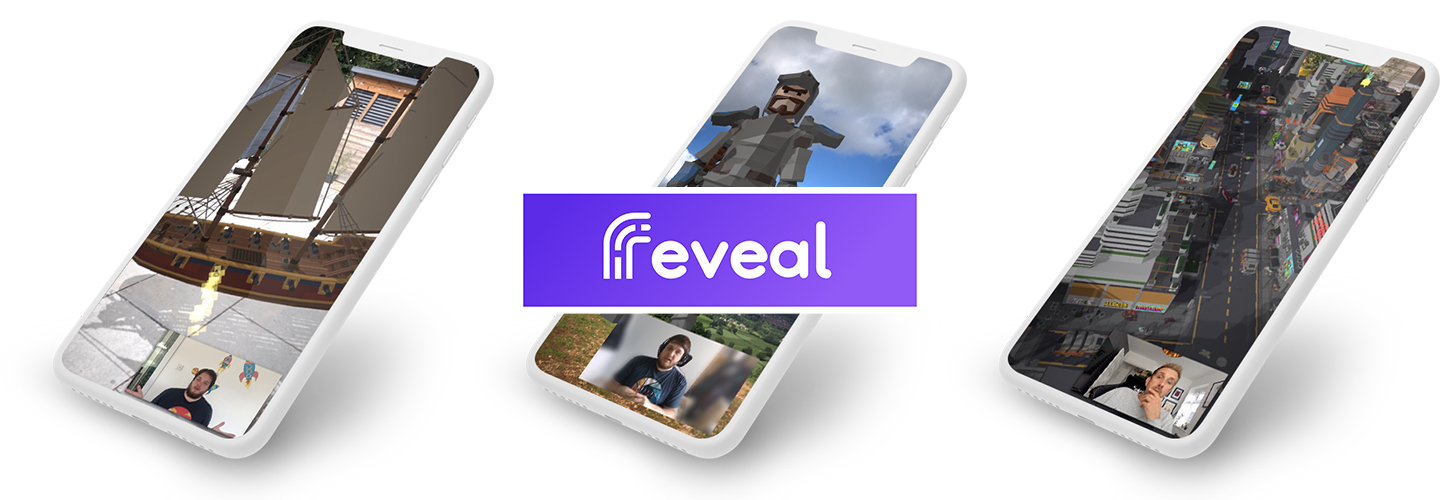Visitors still want to engage with museums and experience the place and the objects, whilst museums and galleries need to keep people safe. Many people are however just staying away, despite UK museums re-opening, fearing crowds of people and constantly changing restrictions being imposed, which is understandable. What we do at Yipikiyay is look at how technology can be used to help solve problems like this. How it can enhance people's lives and remove these sorts of barriers, often in a way that's fun and super engaging too, that's what we do best. With that in mind we decided to explore how Augmented Reality (AR) could be used in a new and interesting way to help museums tackle these hurdles. The result is Reveal.
We recently launched Reveal, our brand new way of bringing AR and video streaming together, and we firmly believe there's a great use case for museums and galleries. Reveal enhances live streams and video playback by bringing real time 3D into the users room through their phone or tablet using AR. The content of this 3D scene is synchronised to the video content of the streamer/publisher, making it an effective and easy way to offer customers a more engaging and immersive video or streaming experience through the power of AR. You are able to talk directly to you audience while at the same time they can explore your 3D content, all at their own pace.

Consider a tour of a space containing static objects or exhibits that traditionally would have been open to the public to view face-to-face, well Reveal can augment those items as 3D and interactive content deepening people's understanding and offering new ways of interpreting them. Visitors can still experience spaces such as museums or galleries but from the comfort of their own home, and still access the expertise of a curator, artist or guided tour via the video stream or recording. With the extra layer of video interpretation, museums can offer more detailed and specific content than could otherwise be added to a small card next to the object in the museum space itself.
For example Reveal can be used for the following specific cases:
If you're a museum or gallery and are interested in new ways of engaging visitors using technology, visit the Reveal landing page and get in touch.
Until next time. Yipikiyay!
by Rob Mason.